
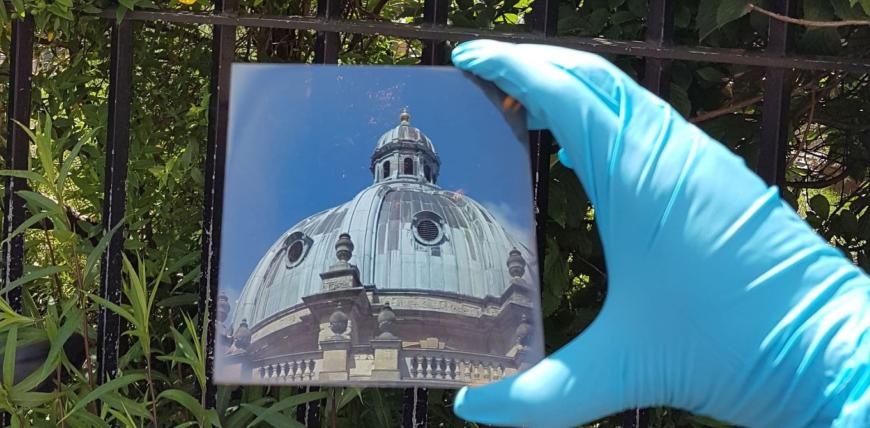
Advanced Device Concepts for Next-Generation Photovoltaics
Enabling key scientific discoveries and important major technical advances to pave the way for the next generation of PV technologies.
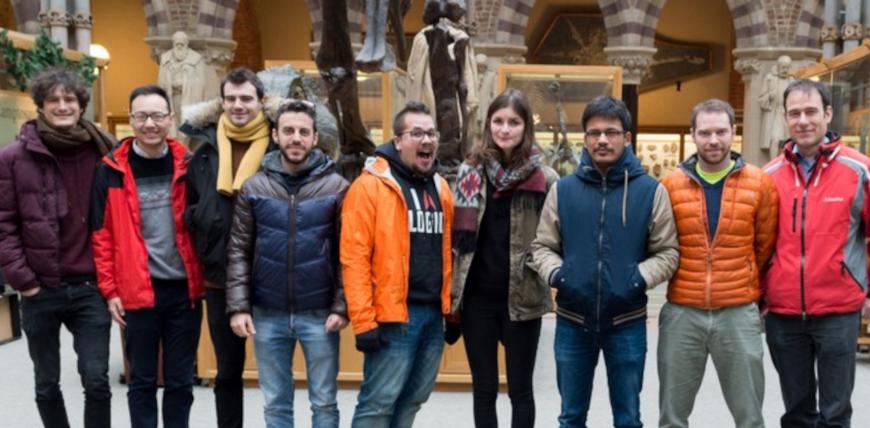
Advanced Functional Materials and Devices (AFMD) Group
We are working on advanced functional materials and devices, in particular those based on organic semiconductors and for photovoltaic applications.
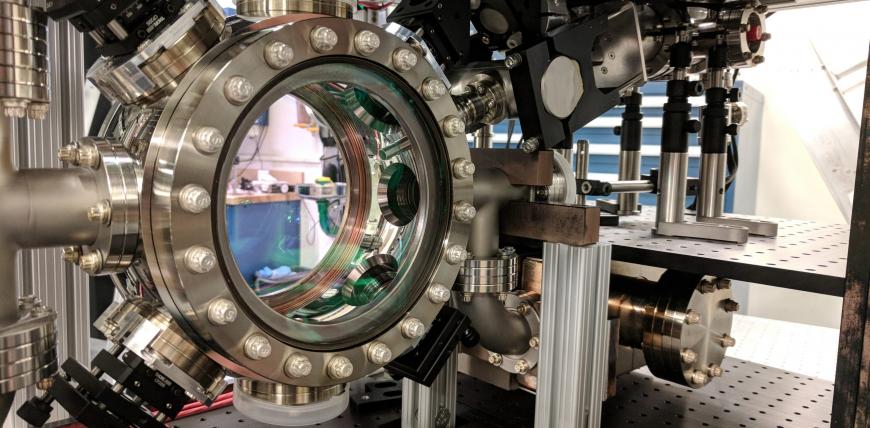
AION/Magis
Atom interferometry to search for ultra light dark matter and gravitational waves.
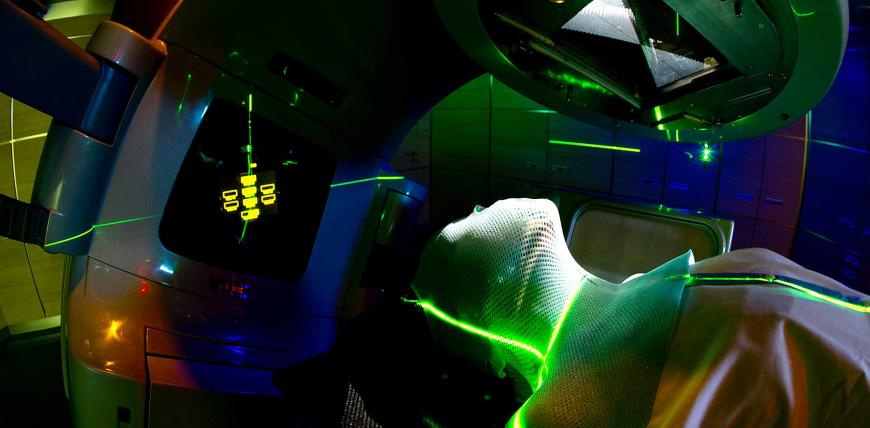
Applications of Accelerators and Detectors to Cancer Treatment
Seeking new applications of accelerator and detector technologies to improve cancer care and treatment.

Applied Superconductivity
Our research is to understand and promote new superconductors for practical applications as part of the Oxford Centre for Applied Superconductivity.
Astronomical instrumentation
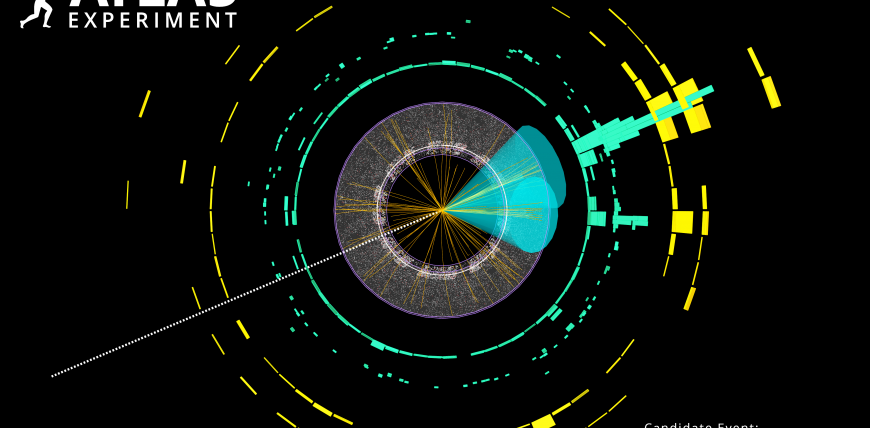
ATLAS
ATLAS, the largest collider detector ever built, fully exploiting the discovery potential of the Large Hadron Collider at CERN.

Atmospheric processes
Understanding atmospheric processes and their role in the climate system
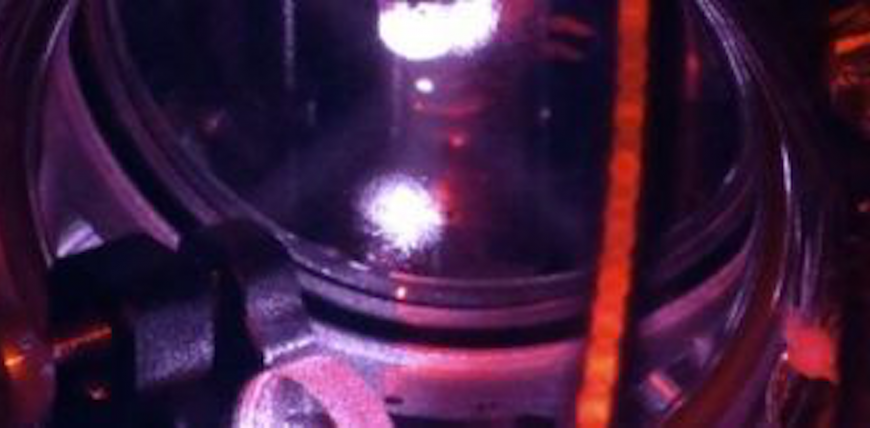
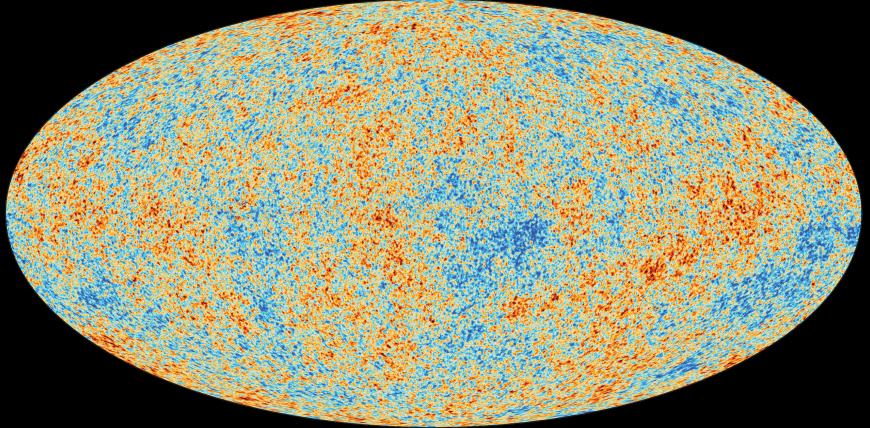
Beecroft Institute for Particle Astrophysics and Cosmology
The BIPAC is a hub of research in theoretical astrophysics and physics, focusing on the origin and evolution of the universe, the formation of large scale structure, dark energy, dark matter and the theory of gravitation.
